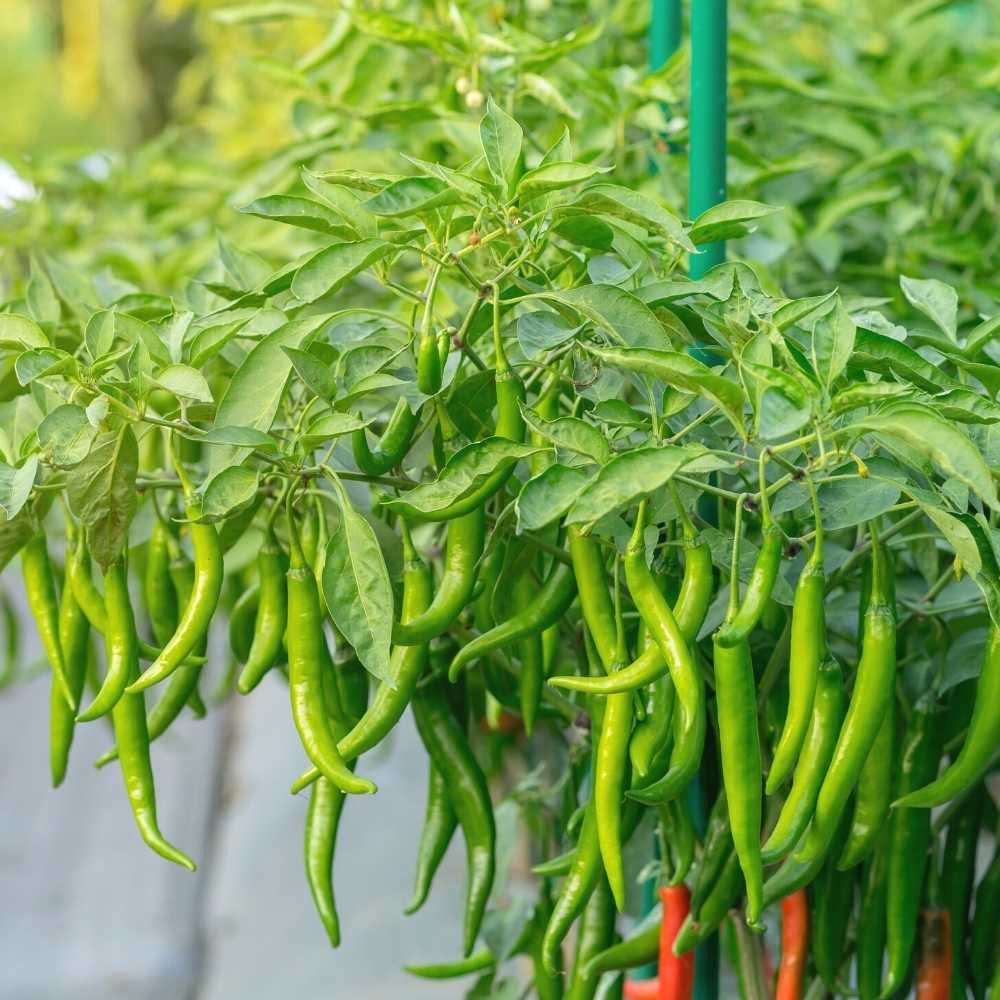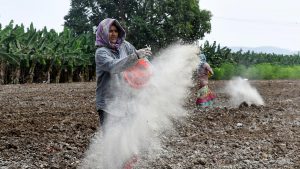India is the global leader in the production, consumption, and export of dry chilli, a vital component of its spice industry. Chilli is one of the most important spices integral to Indian cuisine. With approximately 400 different types of chillies cultivated across the country, the economic significance of chillies was evident, contributing over 130 billion Indian rupees in the fiscal year 2020. However, recent challenges have emerged, posing significant threats to chilli crop production and thereby impacting the nation’s economy. The Indian Institute of Horticulture Research (IIHR) has developed three hybrid chilli varieties that exhibit resistance to several diseases including phytophthora root rot (PRR) and leaf curl virus (LCV).

Threats from Phytophthora Root Rot & Chilli Leaf Curl Virus
Phytophthora root rot (PRR) and Chilli leaf curl virus (ChLCV) are identified as major adversaries jeopardizing chilli cultivation. PRR, attributed to the fungal oomycete soil-borne pathogen Phytophthora capsici Leonian, is notorious for causing root rot, resulting in substantial yield losses. This destructive pathogen is estimated to inflict global losses amounting to approximately USD 100 million annually.
Concurrently, the spread of ChLCV, transmitted by whiteflies, has emerged as a devastating menace, particularly in the Indian subcontinent. Alarmingly, instances of nearly 100% yield loss have led to the withdrawal of chilli cultivation by farmers in certain regions of India.
Ineffectiveness of Chemical Control and Imperative of Host Plant Resistance
Chemical control measures against these pathogens have proven ineffective and have raised concerns regarding chemical residues, which can hinder export prospects. Consequently, there is a pressing need to explore alternative strategies, with the advocacy for host plant resistance emerging as the most promising approach.
Development of Resistant Varieties
In response to these challenges, significant strides have been made in breeding resistant chilli varieties. Through a combination of phenotypic selection and marker-assisted selection, Cytoplasmic Genic Male Sterility (CGMS) lines have been developed. These lines were subsequently utilized to create F1 hybrids, employing male parents resistant to ChLCV.
Twenty CGMS-based F1 hybrids, alongside commercial check varieties, underwent rigorous evaluation for resistance against Phytophthora root rot. The assessment involved artificial challenge inoculation as well as testing in infected plots. Encouragingly, certain varieties, notably LCVH 24 (Arka Nihira), LCVH 29 (Arka Dhriti), and LCVH 30 (Arka Gagan), exhibited consistent resistance to both Phytophthora root rot and ChLCV.
Visit us – https://shorturl.at/qzAI1



